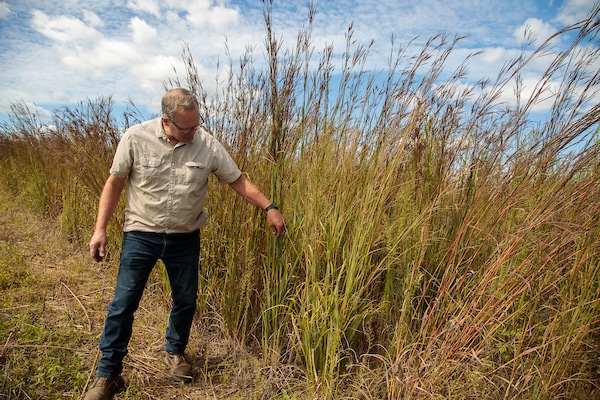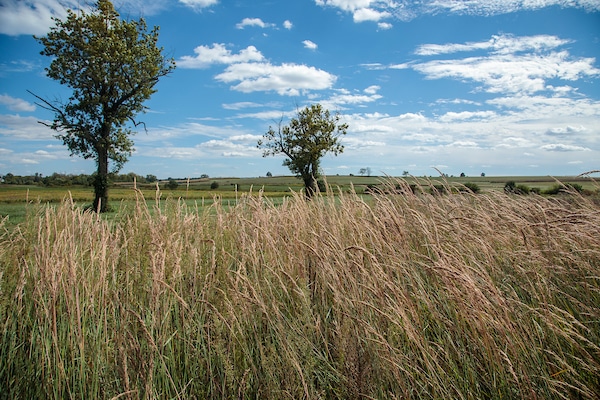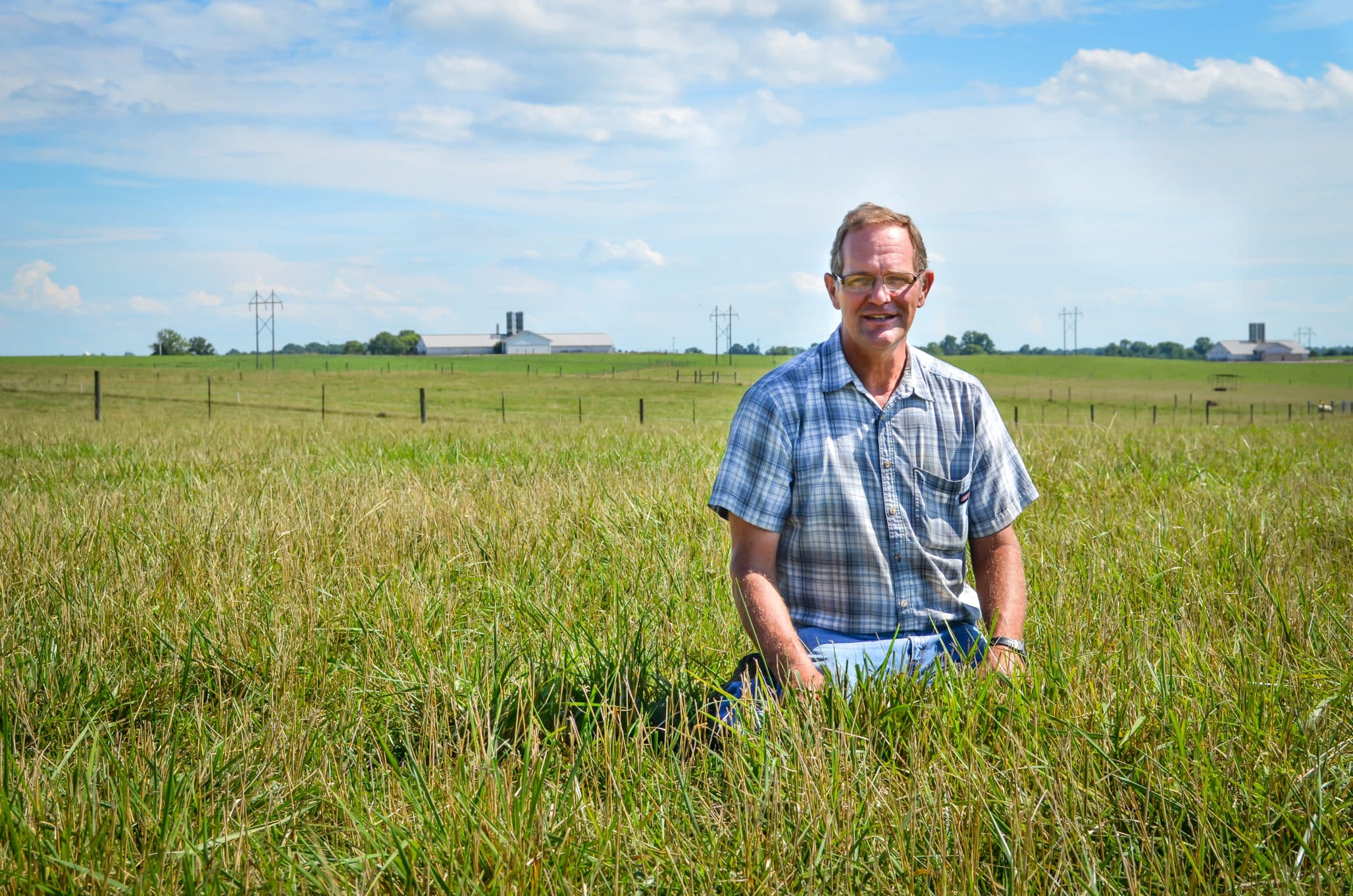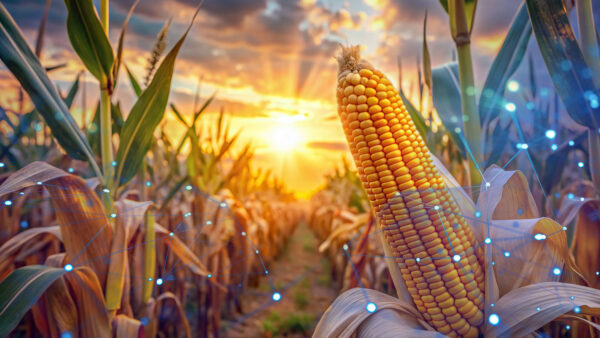Part 3 of Breeding the Future of Turf and Forage.
One of the most exciting aspects of Phillips’ work is his research on hybrid grasses, specifically the cross between Kentucky bluegrass and Texas bluegrass. Kentucky bluegrass is renowned for its fine texture, dark green color, and widespread use in turf, while Texas bluegrass offers superior drought and heat tolerance, traits that are becoming increasingly important as global temperatures rise.
“Texas bluegrass is a completely different beast compared to Kentucky bluegrass,” Phillips explains. “It’s coarser, tougher and much better suited to hot, dry climates. But when you cross it with Kentucky bluegrass, you get something that’s the best of both worlds.”
Phillips’ breeding work requires a meticulous approach. Texas bluegrass is dioecious, meaning it has separate male and female plants. This complicates the breeding process, as each hybrid must be carefully selected to ensure the desired traits are passed on to the next generation.
“Hybrid breeding is a challenge because you’re not just selecting for one trait,” Phillips says. “You’re balancing aesthetics, disease resistance, heat tolerance, and even the plant’s ability to produce seed. Texas bluegrass has a lot of webbing at the base of its seed, which makes it difficult to process. But we’re figuring it out, one generation at a time.”
The hybridization process involves crossing the more drought-tolerant Texas bluegrass with Kentucky bluegrass to create hybrids that look like the latter but can withstand hotter and drier conditions. Some of these hybrids, Phillips notes, have been given names like “Thermal Blue” and “Fahrenheit 90” to highlight their heat tolerance.
“We’re seeing really exciting results with these hybrids,” Phillips says. “They stay green longer, grow better in drought conditions, and they look just as good as traditional Kentucky bluegrass. These are the kinds of innovations that will help us adapt to climate change.”
Phillips is also working with another species known as Sandberg Bluegrass, a cold- and drought-tolerant grass native to the Great Plains. His goal is to breed a grass that combines the strengths of Kentucky bluegrass, Texas bluegrass and Sandberg Bluegrass — creating a supergrass that can thrive in diverse environments.
“Sandberg Bluegrass is an interesting addition to the mix,” Phillips says. “It has no webbing, so the seeds are easier to process, and it’s extremely cold-tolerant. If we can combine that with the heat tolerance of Texas bluegrass and the aesthetic appeal of Kentucky bluegrass, we’ll have something truly remarkable.”













